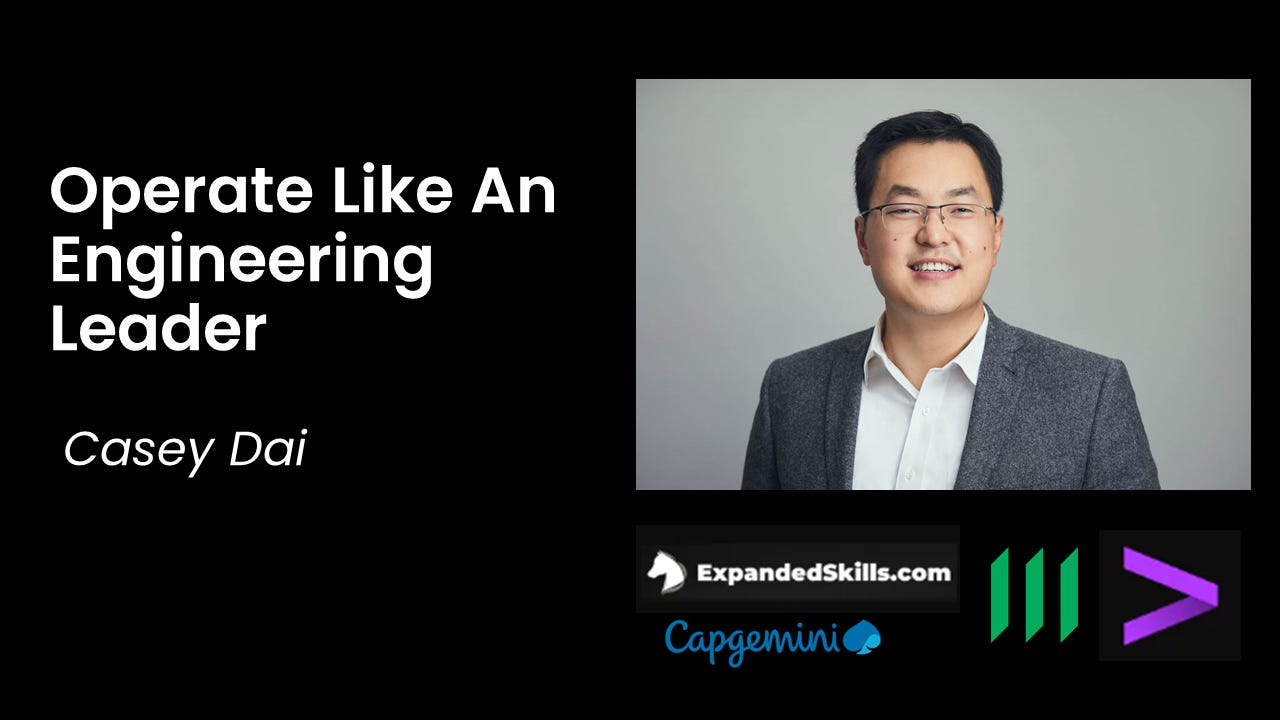How To Grow Your Influence In A Private Community
Overcome the cold start problem without being intrusive.
TL;DR
Private communities are underrated and one of the best vehicles for growing your influence, especially when you don’t have a large audience yet.
Private communities > mainstream socials. Eventually, you’ll have both in your arsenal since there’s compounding value and I’m a big fan of an omnichannel strategy.
The 3-Step playbook to grow your influence in private communities — ordered from easy to advanced. Go directly here if you want to skip context and are you’re only interested in tactics.
How It All Started
Around the beginning of 2023, I transitioned from lurking to contributing to private communities. I had major imposter syndrome with sweaty palms hovering over the keyboard and no idea how to engage.
Fast forward to late 2023, after spending 100s of hours across various private communities as a contributor, I’m convinced that knowing how to grow your influence within private communities is an underrated skill for career development in any form of knowledge work.
For content creators (a good portion are building these communities), you’re already sold on the value, but there are still a large portion of knowledge workers who have yet to tap into this goldmine.
I first noticed it when most job seekers I talked to didn’t know it was possible to grow their influence and network this way. Even if they never post or engage (which you absolutely should, BTW), the job postings on the #hiring / #jobs types of channels give you a significant edge compared to those a generalized job board on LinkedIn and Indeed.
Here are a few reasons that come to mind:
Much less competition since a fair number of people don’t know about private communities to begin with.
It’s already niched down to your area of expertise or at least your area of interest. In a noisy economy, a good filter is worth its weight in gold.
There’s a real person to interact with who will likely respond unlike getting stonewalled by an ATS via cold apps. The interaction is usually more casual and light compared to the typical conversation with a recruiter.
Niche job boards can be a great business model. If a subset of the private community is this valuable, the community itself must be.
Mainstream Socials Are Noisy And Crowded
Our immediate response is to think of mainstream social platforms whenever the topic is related to content creation or “influencers” — I hate the connotations associated with that term since people’s minds immediately jump to posting selfies and pumping out spam.
However, I don’t think it’s the best place to start. Even for experienced content creators, private community engagement remains a core part of your toolkit.
Blasting your ideas on LinkedIn or X on Day 1 is not for the faint of heart.
The signal you gain will be mixed or potentially none at all if you don’t have an existing audience.
Well-run private communities on Discord, Slack or Circle are much more accepting towards those just starting out and decrease the likelihood of getting trolled or ignored — much needed, especially when you’re just starting to build up your confidence to hit publish.
Ok, I’ll admit that some of the ones of Discord can ruffle a few feathers. If you know you know 😂.
The 3-Step Playbook
Step 1: #intros channel
The #1 tip I have for this is to craft your intro to make it easy for others to engage with you.
There are a lot of templates out there for how to craft a compelling intro. All of it is deliberately designed to help others break the ice in the initial conversation by finding common ground.
Geographical location
Professional pursuits
Hobbies, side projects — weirder is better here
What you’re looking for help on and how you’re available to help
An uncommon belief you have about the domain — it’s provocative and a forcing function for critical thinking, which is why I love this one
Now let’s play a reverse Uno card.
You can monitor the #intros channel for when a new person joins, find some common ground and begin to build a relationship. You are also building a long-term skill here in learning how to do 1-1 outreach in a non-intrusive, non-awkward way.
Just like onboarding within a company, we need to most guidance and support when coming in new. A welcome direct message (DM) is always appreciated.
In fact, I used this exact strategy to land half of my first 10 coaching clients when I first booted up Expanded Skills. If you can do this, reaching out to your existing network becomes a breeze.
Step 2: Q&A Forum
90% of channels are actually a Q&A forum underneath — let that sink in.
Any discussion-based channels, which is almost every channel, follow this format — even though every community has a channel labelled Q&A.
For example, even channels for sharing progress updates and cool findings are inherently asking, “What do you think of this?” or “What’s your reaction to that?”.
Any question asked is an open invitation for you to engage without being intrusive.
Answering questions are one of the best ways to test the quality of your content in a smaller setting vs. mainstream socials.
All non-fiction content are essentially responses to questions with the actual question removed.
Therefore, questions are the best way to determine where there is demand (i.e. the problems people are looking to solve). I always harp on knowing the top 3-5 key problems within your domain and dedicating your attention to solving them.
The types of questions asked are what you need to make a data-informed decision that you’re spending your efforts wisely.
My profile snapshot as of January 2024 on Taro — one of my favourite engineering upskilling platforms. For context, I lurked for a whole year before starting to contribute to Q&A around the Summer of 2023.
Step 3: Proactively broadcasting content
Now that we know the basics for outreach and Q&A, we’re ready to take the initiative and post without a question prompt.
We’ve made massive gains already if we track our progression:
Started with sharing our ideas 1-1 in a DM
Proceeded to responding to one question that others could observe
Arrived at broadcasting content in a 1-many format (i.e. maximum discoverability)
Here are 3 of my favourite tried-and-true formats that don’t take a lot of upfront work to put together. That doesn't mean you can go in cold turkey though.
(1) A How To Guide: Pick a problem and outline the steps required to solve it or something like X tips for approaching Y problem (i.e. listicle). The content generation can be what you’re aggregated results from your Q&A contributions.
Post it on the relevant channel and write a quick 1-3 sentence description answering:
What does it solve?
Who is it for?
*Notice how this article is a listicle with some embedded story elements? You can never unsee this once you notice it for the first time — It’s a blessing and a curse — you’re welcome 😈.
(2) Whitepaper review/book club: basically anything where you are critiquing an existing piece of content, which takes the pressure off you to come up with your own content.
Good for easing the nerves since it puts the spotlight on the existing content and not you as the speaker.
(3) Run an AMA: OK, I’ll admit this one takes some guts and you have to show up prepared. However, it’s not that out of reach and certainly not exclusive to A-list celebrities.
You’ve got plenty of “reps” in at this point from all that Q&A participation. It’s the same thing except in a live setting. To each their own, but I love this format since I like thinking on my feet, especially with a question prompt.
If you have solid facilitation skills plus a high level of street-cred, you can run formats, which are close cousins to AMA, but are NOT beginner-friendly such as:
Lean Coffee: Participants submit questions ahead of time, upvote to prioritize topics, and timebox a group discussion for each topic. Another vote at the end of each timebox on whether to change topics or keep going.
I first picked this up from interacting with people on Rands Leadership Slack (RLS), which I consider to be the holy grail of tech leadership private communities.
Hot Seats: 15 mins to catch up, 15 mins to introduce the topic for the day (e.g. sales conversion), and the final 30 mins where one person is in the “hot seat” and brings live examples of the topic at hand for group coaching with a healthy dose of tough love.
In this case, the person in the hot seat can go over the play-by-play on how they bombed certain sales calls they had with prospects. It’s a real-life example since I was in one of the “hot seats” 4 months ago.
This is common in “mastermind groups” where the topic can be as intensive as your entire business model.
BTW - I’m hosting an AMA on Jan 10th, 2024 at 8:30 PM ET on Taro.
Come limit test my knowledge on future-proofing skills.
A quick tip: If you also thrive in this format, consider guesting on a podcast sometime and/or having your own.
Parting Thoughts
That’s a wrap! The ideas are simple once understood, but it takes discipline and consistency to execute. Be intrinsically motivated to contribute and help others and treat this as a lifelong skill to future-proof yourself, so it won’t feel like a chore.
If you’d like help getting started with exploring private communities, drop a comment here or DM me on LinkedIn or X / Twitter. If you need a conversation icebreaker, scan this article to get the gist of where my head is.
Additionally, I’m running a 2 week bootcamp on Jan 16th in partnership with Taro. It’ll go in-depth into the strategies I used to reach Head of Engineering after coming into tech from a non-traditional background.







